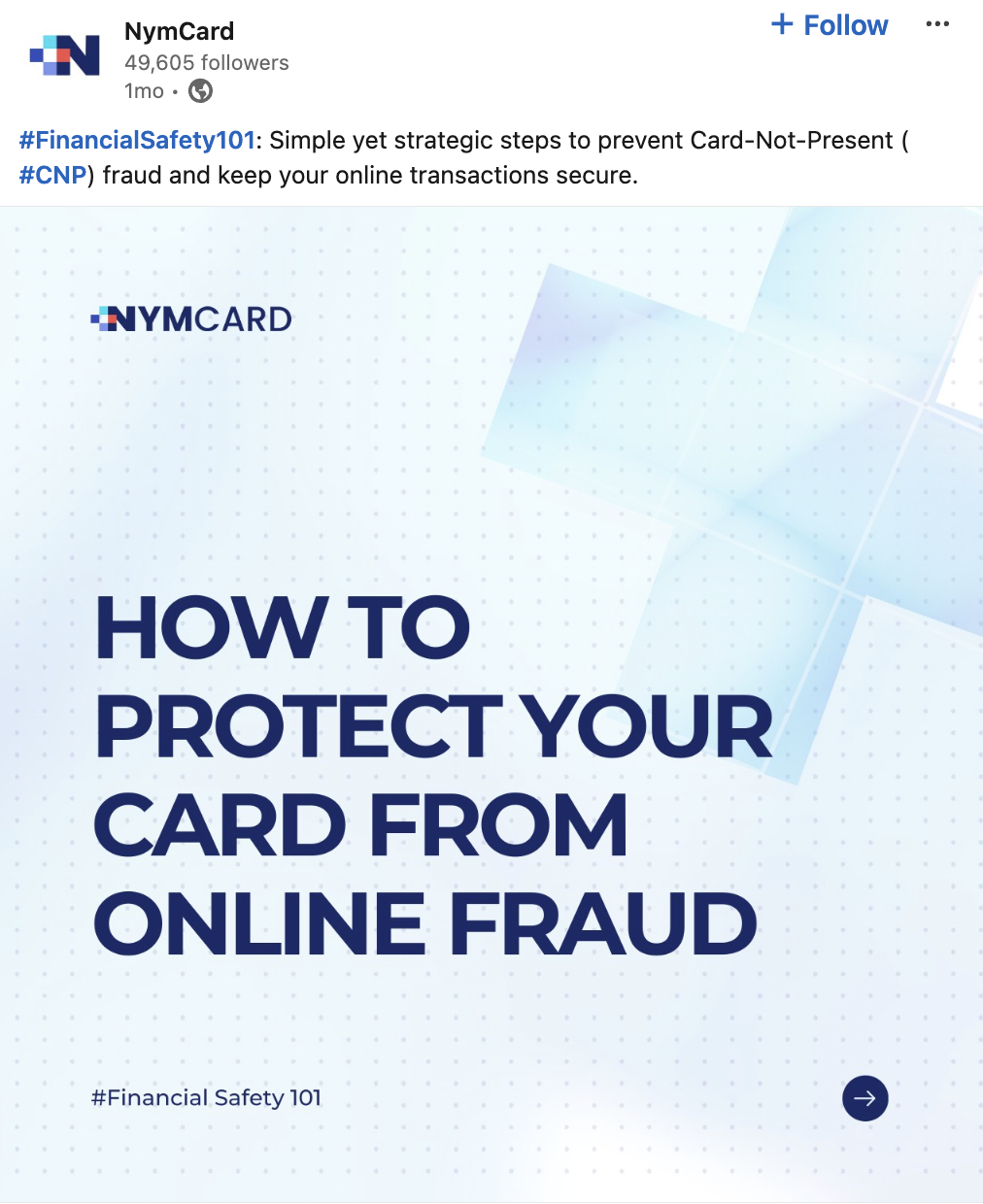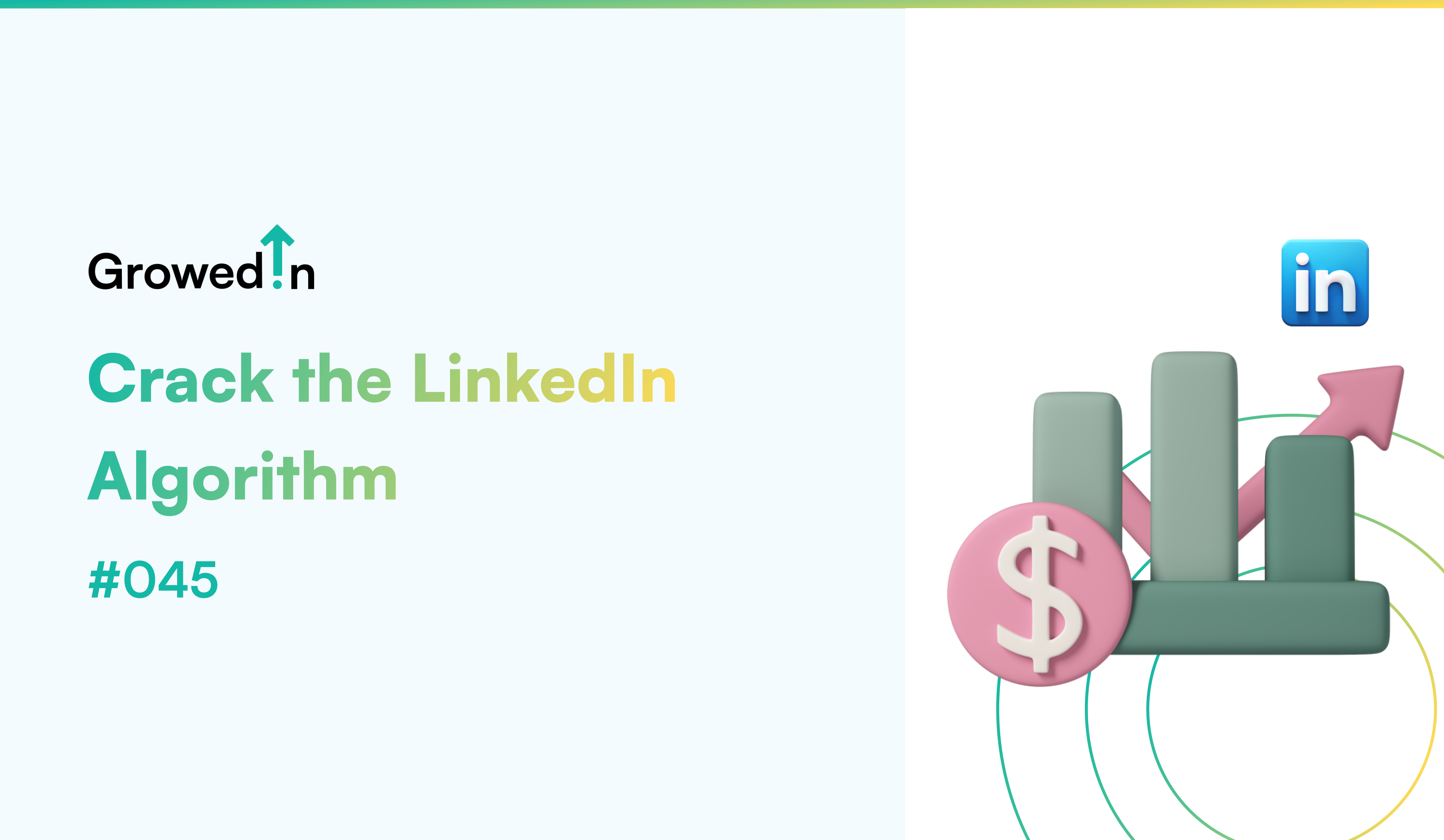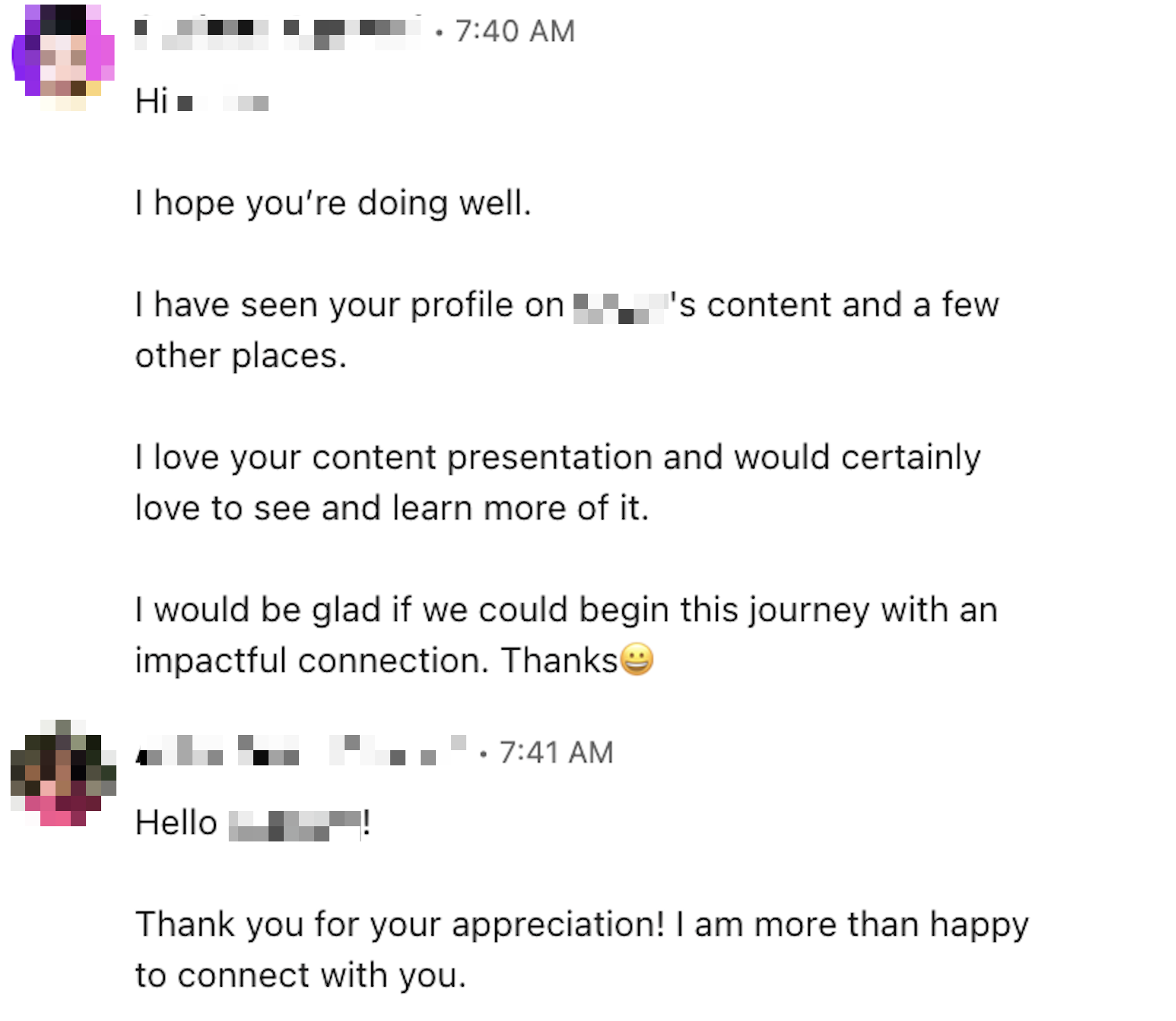#069 - How to Make Your LinkedIn Post Read Like a TED Talk
TED Talks captivate, educate, and inspire millions. They take complex ideas and make them digestible, leaving audiences with something valuable to think about. Imagine applying the same formula to your LinkedIn posts—turning them into scroll-stopping, thought-provoking pieces that command attention and engagement.
Most LinkedIn posts struggle because they either:
→ Sound too corporate or robotic
→ Are vague and lack structure
→ Don’t hook the reader in the first two line
→ Fail to deliver a strong takeaway
But what if your LinkedIn posts could mirror the impact of a TED Talk? Here’s how to structure and write posts that engage like a world-class speaker.
1. Start with a Powerful Hook
TED Talks begin with a compelling idea—something that sparks curiosity and makes the audience want to listen. Your LinkedIn post should do the same.
How to Craft a TED-Worthy Hook:
• Ask a provocative question: "What if your job description is ruining your career?"
• Tell a shocking statistic: "80% of LinkedIn posts get ignored. Here’s how to be in the 20%."
• Start with a mini-story: "In 2019, I was rejected from my dream job. That rejection changed my career."
2. Create a Story Arc
A TED Talk takes the audience on a journey. A great LinkedIn post does the same. The best way to structure your post? Use the “Problem → Insight → Solution” framework.
Example Structure:
1. Problem: Identify a pain point your audience faces. "Most people write LinkedIn posts like corporate emails, and that’s why they fail."
2. Insight: Share a new perspective or a personal story. "I used to write like that too—until I studied the best communicators and saw what works."
3. Solution: Provide a clear takeaway or call to action. "Here’s the three-part formula I use now that gets ten times more engagement."
This structure keeps readers engaged and makes your content memorable.
3. Use Simple, Conversational Language (Not Jargon!)
Ever noticed how TED speakers don’t use complex, corporate language? They speak like they’re talking to a friend. LinkedIn posts should follow the same principle.
Avoid:
"Leveraging cross-functional synergies to optimize engagement."
Use:
"Here’s how I learned to write posts that actually get read."
Pro tip: Read your post out loud before posting. If it sounds robotic, rewrite it.
4. Make It Visually Engaging
Great speakers pace their delivery. They use pauses, voice modulation, and movement to keep the audience hooked. On LinkedIn, we do this through formatting.
• Break up long paragraphs – Big text blocks make people scroll past. Keep sentences short and spaced out.
• Use bullet points or lists – Helps organize information clearly.
• Use line breaks for emphasis – One sentence per line makes posts easy to skim.
Example:
Instead of this:
"Most LinkedIn posts fail because they are long, difficult to read, and don’t engage the audience. When you structure your posts like a TED Talk, you capture attention, build curiosity, and leave a lasting impact."
Try this:
Most LinkedIn posts fail.
Why?
• They’re too long.
• They’re hard to read.
• They don’t engage.
But if you structure your post like a TED Talk…
• You capture attention.
• You build curiosity.
• You leave a lasting impact.
Brevity and spacing make content more engaging.
5. End with a Strong Takeaway or Call to Action
Every TED Talk leaves the audience with something valuable. Your LinkedIn post should do the same. Don’t just inform—prompt action.
• Ask a question: "What’s the biggest mistake you’ve seen in LinkedIn posts?"
• Challenge the reader: "Try this framework in your next post and let me know how it works."
• Encourage discussion: "Agree or disagree? Drop your thoughts below."
A TED Talk makes people remember and take action. If you apply this mindset to LinkedIn, your posts will become more engaging, impactful, and shareable.
Final Recap: The TED Talk Framework for LinkedIn Posts
1. Start with a hook – A question, bold statement, stat, or mini-story.
2. Follow a narrative arc – Problem → Insight → Solution.
3. Write conversationally – No corporate jargon.
4. Format for engagement – Short sentences, spacing, and visual elements.
5. End with impact – A strong takeaway or call to action.
Your Turn:
Try applying this framework to your next LinkedIn post. Share your results in the comments.













.png)
























































































































































































































